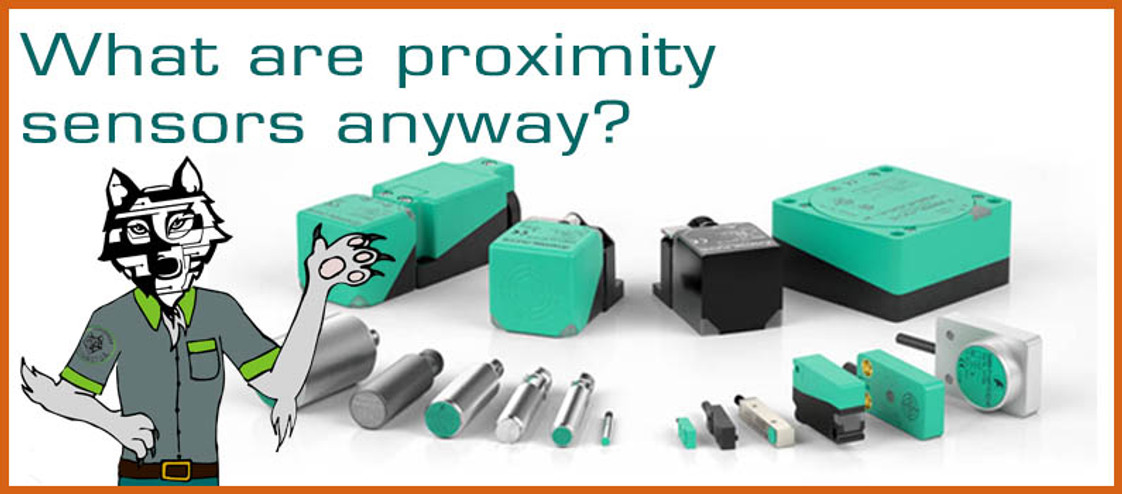
What is a Proximity Sensor?
Posted by Beckie Sullivan on Dec 5th 2023
What is a proximity sensor? A proximity sensor is used to detect nearby objects…without touching them. Another way of saying this is ‘non-contact object detection’.
How does this happen? Usually a proximity sensor sends out an electromagnetic field or a beam (sometimes infrared) and then looks for changes in the field or return signal. Basically if an object is there the return signal would be different than if there was nothing detected.
The two most popular types are inductive proximity sensors and capacitive proximity sensors.
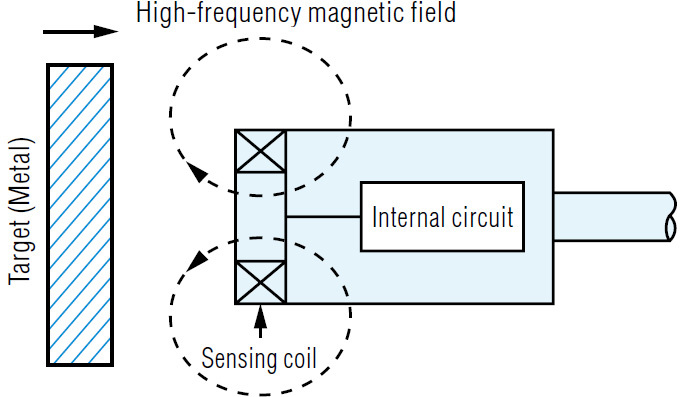
Inductive Proximity Sensors
Inductive proximity sensors tend to be popular in applications needing to detect metal objects in the equipment or surrounding area. This is achieved through an electromagnetic field being emitted through the face of the sensor. Once a metallic object enters the sensor’s path, the electromagnetic field is reduced and the switch will turn on or off.
Popular for detecting iron, steel, aluminum, and copper!
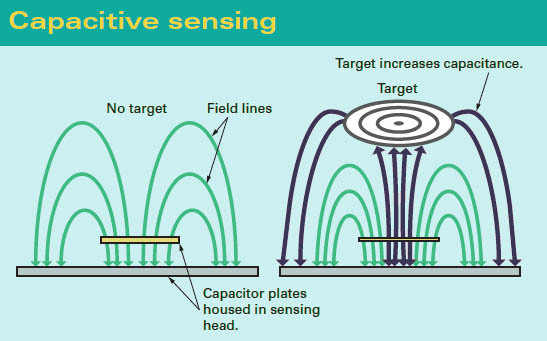
Capacitive Proximity Sensors
Capacitive proximity sensors: These sensors can detect both metallic and nonmetallic targets and are popular for liquid level detection. Capacitive sensors use an internal capacitive plate to react to anything in the sensing field which carries a charge. What does this mean? Outside of regular metal material, capacitive sensors have the ability to sense ANYTHING that can be electrically charged.
Great for liquids, wood, granulates, plastic, glass!
Simple, right? Let’s continue with the sometimes confusing characteristics of proximity sensors:
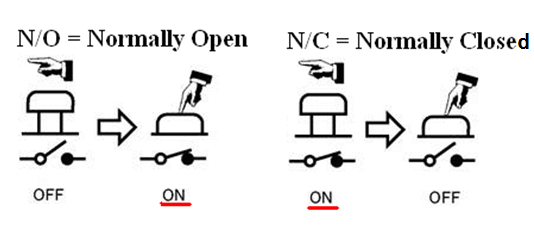
Normally Open or Normally Closed?
When your sensor is ‘Normally Open‘ (NO) this means the output is ON when the target enters the sensing zone (output is ‘off’ in its normal state).

Application examples:
- If you are counting something on a conveyor you would want NO – there is no output until the sensor ‘sees’ the object, it sends an output every time it sees the object
- If you are monitoring liquid levels so they do not get too high you would want the sensor output off until it ‘sees’ high water, it would then send an output.
When your sensor is ‘Normally Closed‘ (NC) this means your output is OFF when the target is present (output is ‘on’ in its normal state).
Application examples:
- If you were monitoring liquid levels that needed to stay at a certain level you’d want NC, you would want the sensor output to be off while it ‘sees’ the water and to send an output when it no longer ‘saw’ the water (water levels are decreasing)
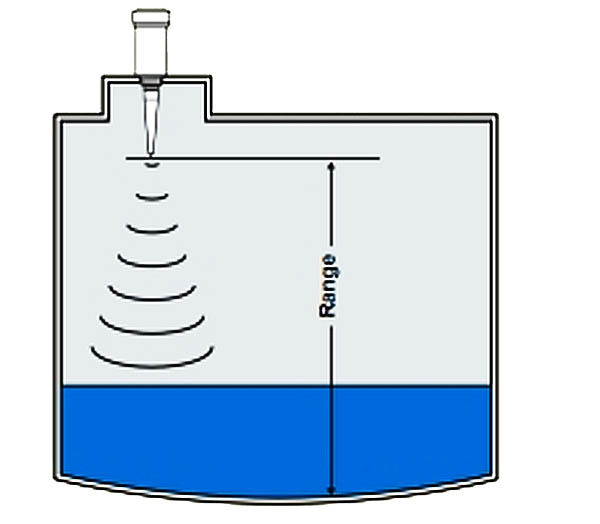
Is Shielded Flush or Non-Flush? What Does That Mean?
- Shielded means flush, it can be mounted flush with metal.
- Unshielded means non-flush which means it cannot be mounted flush with metal
Shielded/flush mounting is generally more popular, however, unshielded/non-flush gives you greater sensing distances.
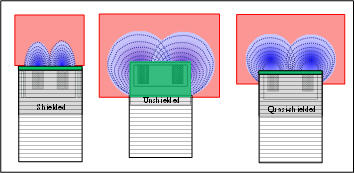
One last random tidbit, ever wonder what flat pack means? Generally it is just referring to a rectangular sensor.

Hopefully you found this helpful in learning the basics of proximity sensors. Looking for the answer to a higher level question? In-house tech support is ready and waiting!
Feel free to email us at [email protected] or give us a call at (847) 658-8130 and our tech support would be happy to assist!
